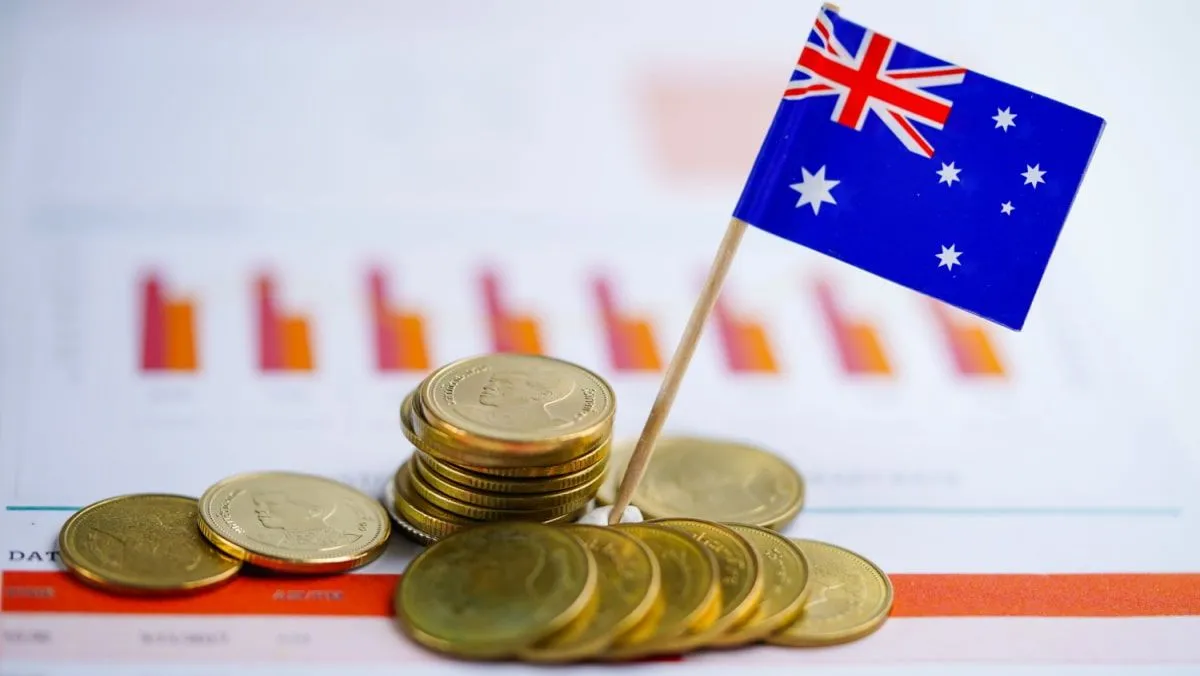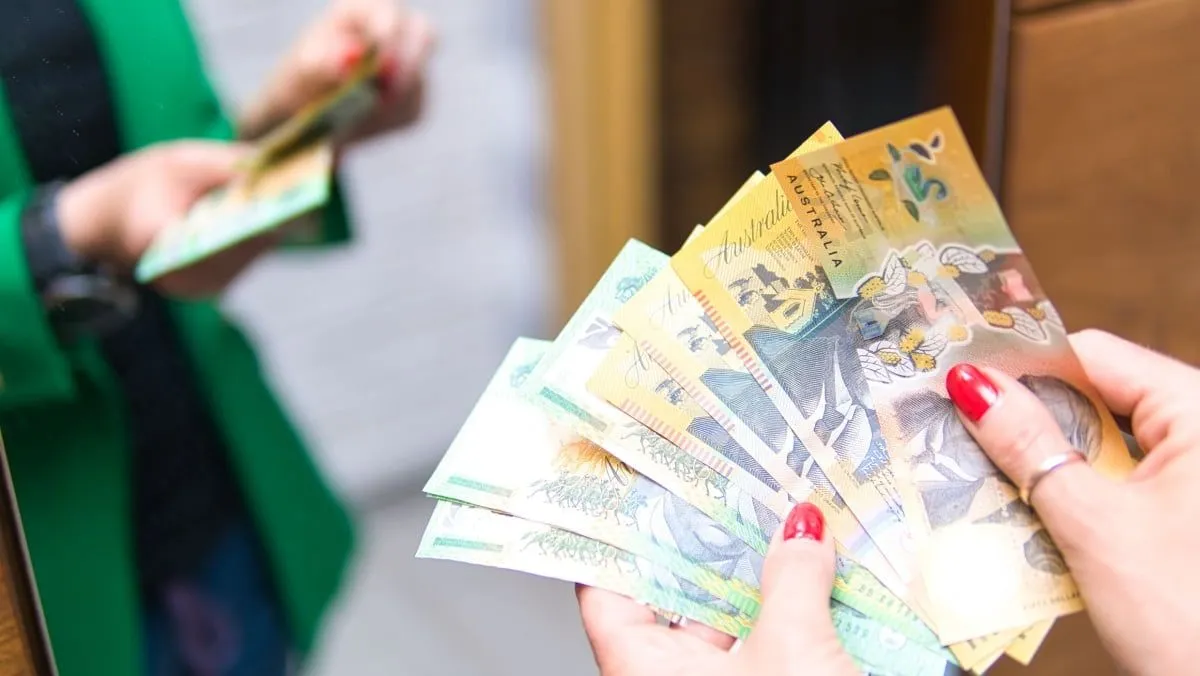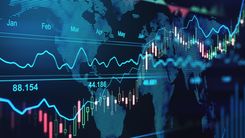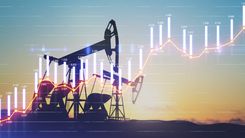星期三 Jun 5 2024 14:44

4 最小

Australia's economic growth slowed significantly in the March quarter, hindered by high borrowing costs and persistent inflation, which dampened consumer spending. Despite this, relief from interest rate pressures appears distant.
The Australian Bureau of Statistics reported on Wednesday that the country's real gross domestic product (GDP) increased by just 0.1% in the first quarter, slightly below market expectations of 0.2%.
Annual growth dropped to 1.1%, down from 1.5% in the previous quarter, marking the slowest pace for the Australia GDP in three decades outside the pandemic.
Household spending, which constitutes half of the Australia GDP, grew only modestly at 1.3%, primarily driven by essential expenditures like electricity and healthcare, while discretionary spending remained nearly stagnant.
Future spending potential looks bleak as the savings rate fell to a historic low of 0.9%, after large downward revisions to past numbers.
Marcel Thieliant, head of Asia-Pacific economics at Capital Economics, commented on the Australia GDP dynamics to the Reuters news agency:
"Given that the savings rate was around 5% before the pandemic, that underlines the severe pressure households have been facing due soaring living costs, interest payments and taxes. And with real incomes stagnating last quarter, that pressure hasn't fully faded yet”.
如果你今天开了一笔交易,计算你的假设盈亏(总成本和费用).
市场

工具


帐户类型
方向
数量
金额必须等于或高于
数额必须小于
数额应该是最低增加量的倍数
USD
EUR
GBP
CAD
AUD
CHF
ZAR
MXN
JPY
价值
佣金
点差
杠杆
转换费用
所需保证金
隔夜利息
过去的表现并不是未来结果的可靠指标.
所有与你帐户货币不相同货币计价的金融商品的仓位,在平仓时将被收取转换费用。
Financial markets have ruled out the likelihood of another increase in the Reserve Bank of Australia's (RBA) 4.35% cash rate. However, they also see little chance of a cut in the near future. Futures indicate a 50-50 chance of a move in December, with a full cut to 4.10% not anticipated until May next year.
RBA Governor Michele Bullock, addressing lawmakers before the data release, acknowledged that the Australian economy was “very, very weak”, but insisted on the need for restrictive policies to balance demand and supply and curb inflation.
Australia’s April consumer price inflation (CPI) report showed a surprising rise to 3.6%, driven by widespread cost increases across food, health, clothing, and travel. The GDP report's inflation measures also remained high, with inflation in domestic demand running at 4.6% for the year.

While inflation boosted nominal GDP, which grew by 3.5% to A$2.6 trillion ($1.73 trillion), equivalent to A$98,224 per capita, real GDP per capita fell by 0.4% for the quarter and 1.3% over the year.
This per capita "recession" highlights the impact of robust migration, which pushed annual population growth to 2.5% — double the three-decade average.
The surge in overseas workers and students has strained the housing market, driving rents to record highs and prompting the Labor government to consider capping future immigration.
The Australian dollar traded lower after the GDP data became public, with AUD dropping by close to 0.2% against USD to trade at $0.6638 as of 14:30 GMT on June 5. The Aussie, as it is widely referred to in forex markets, has shed close to 2.6% of its value against the U.S. dollar so far this year.
When considering shares, indices, forex (foreign exchange) and commodities for trading and price predictions, remember that trading CFDs involves a significant degree of risk and could result in capital loss.
Past performance is not indicative of any future results. This information is provided for informative purposes only and should not be construed to be investment advice.
资产列表
查看完整的列表最新的
查看全部
星期四, 20 二月 2025

8 最小

星期四, 20 二月 2025

5 最小

星期四, 20 二月 2025

2 最小
